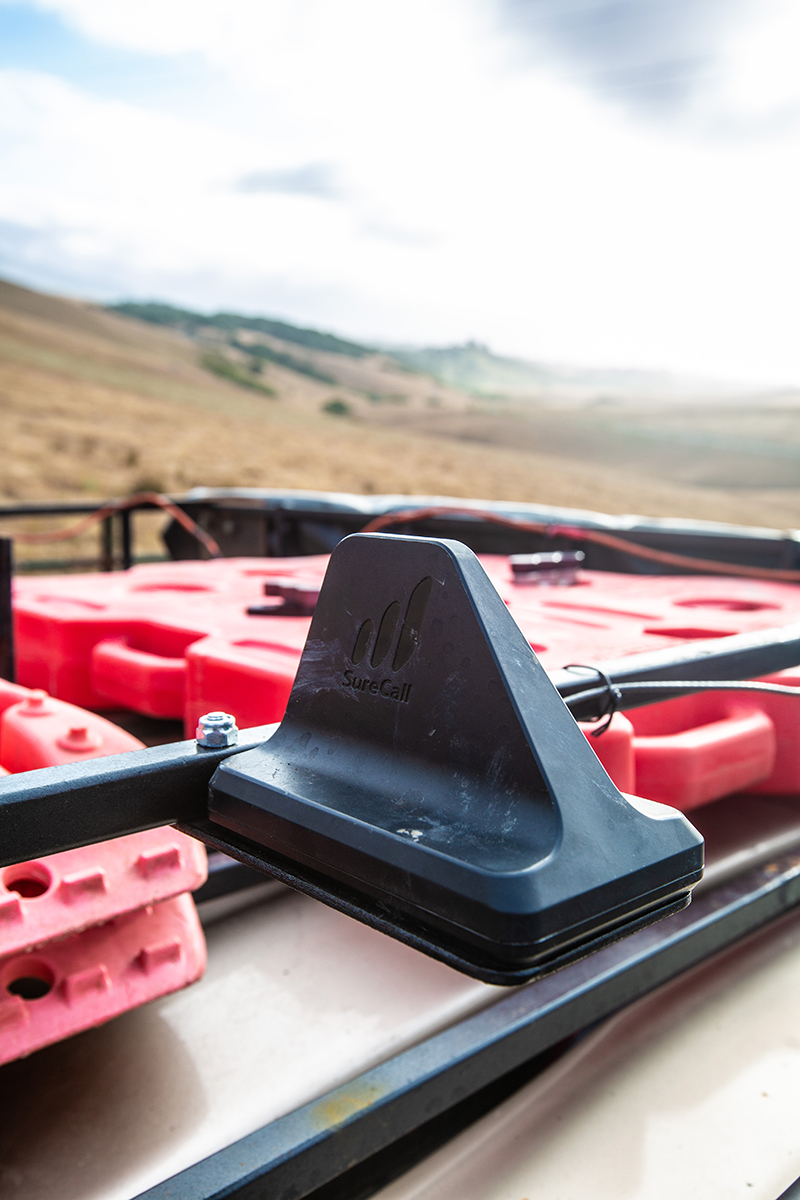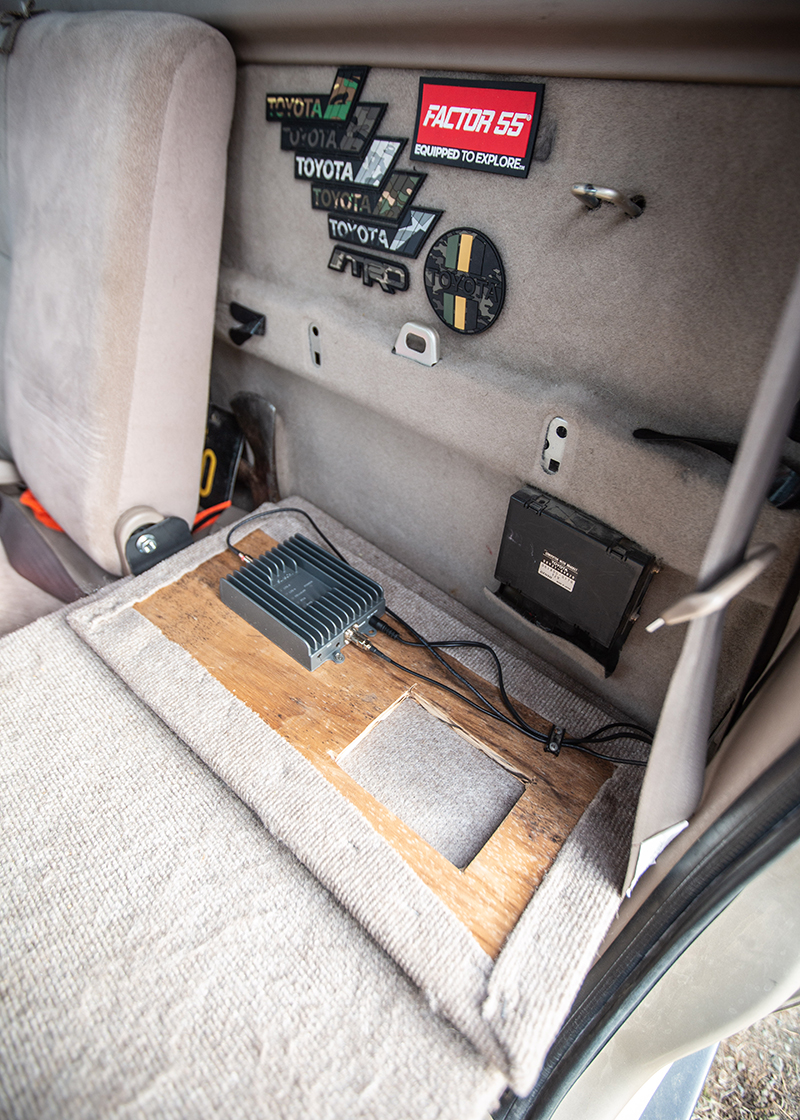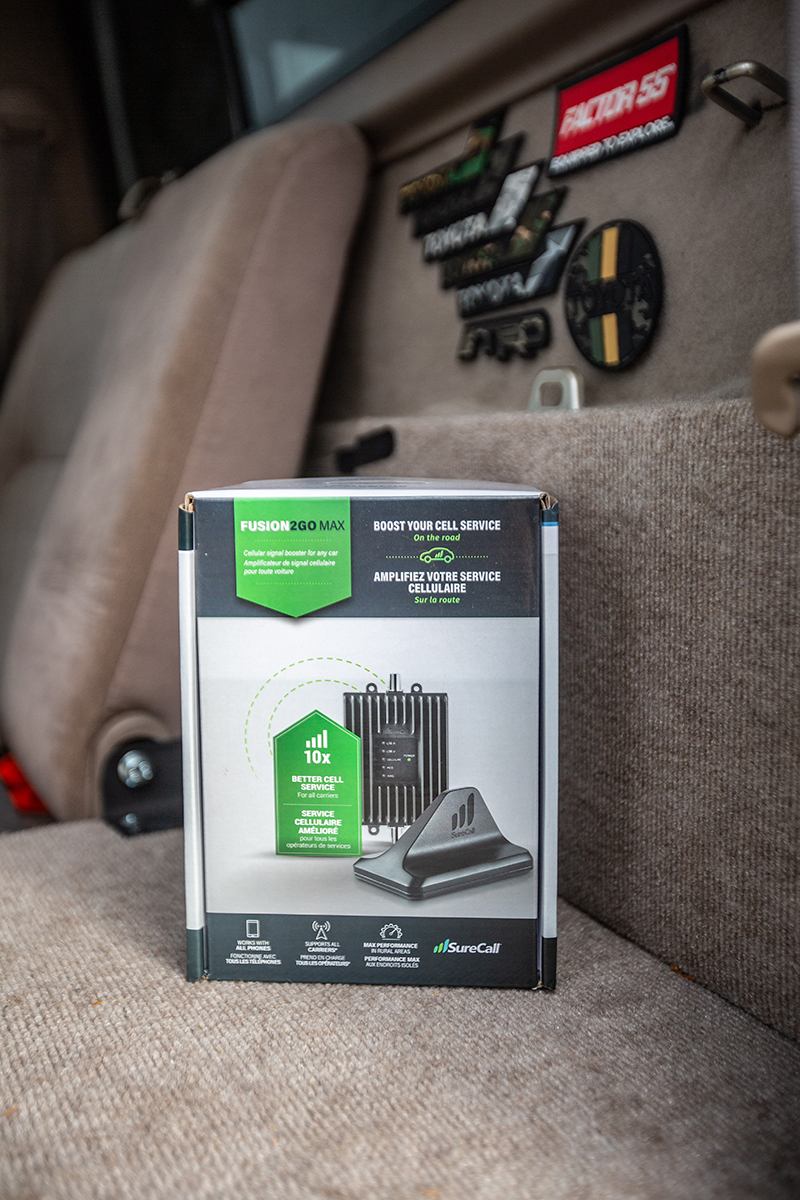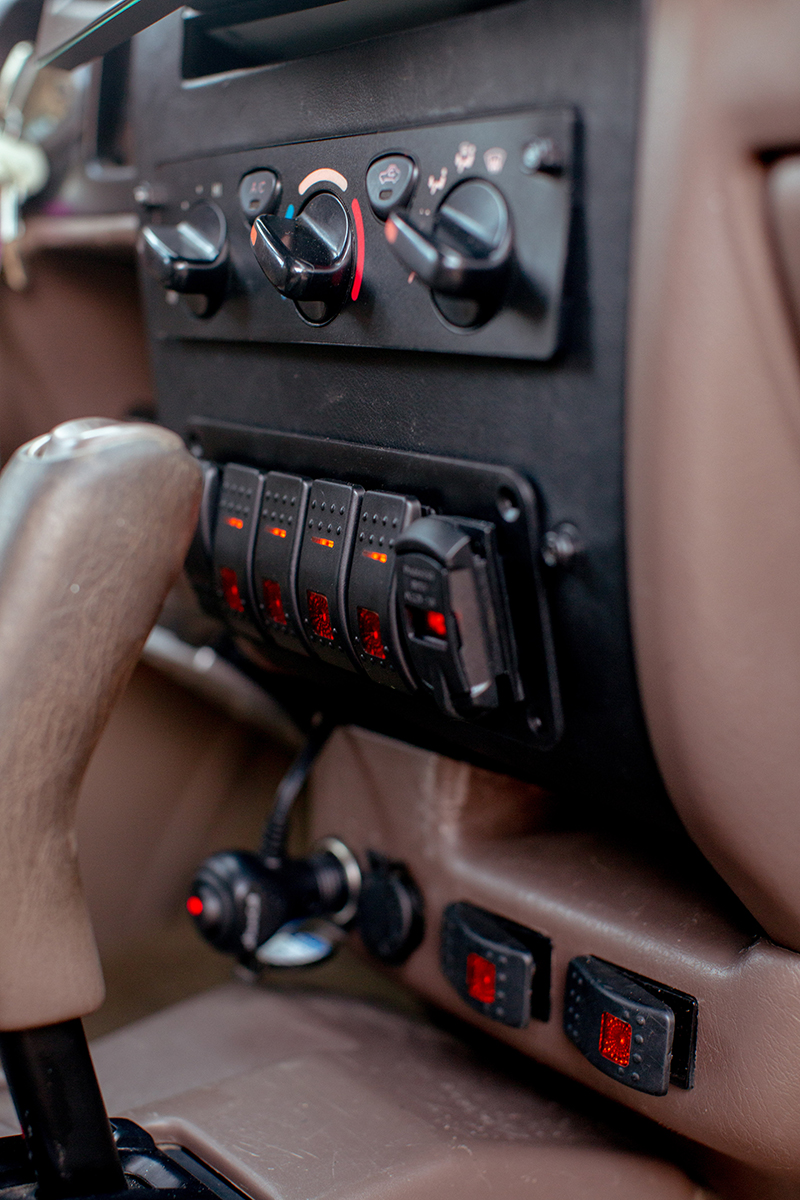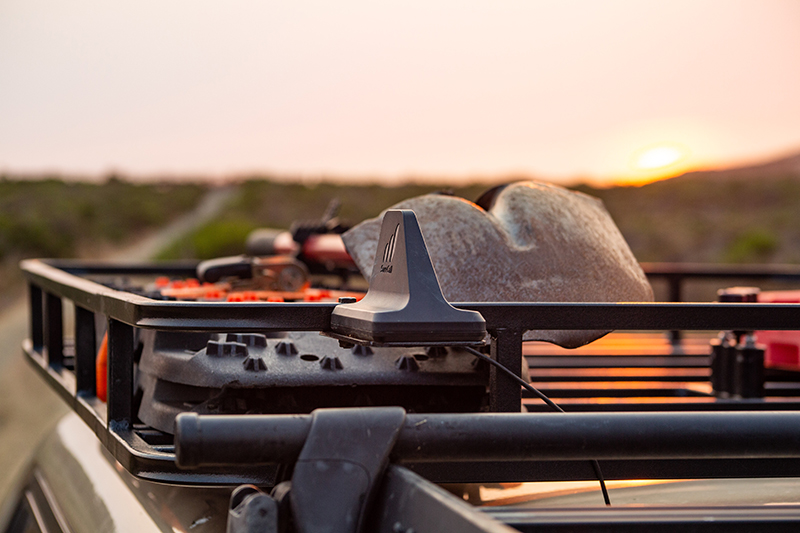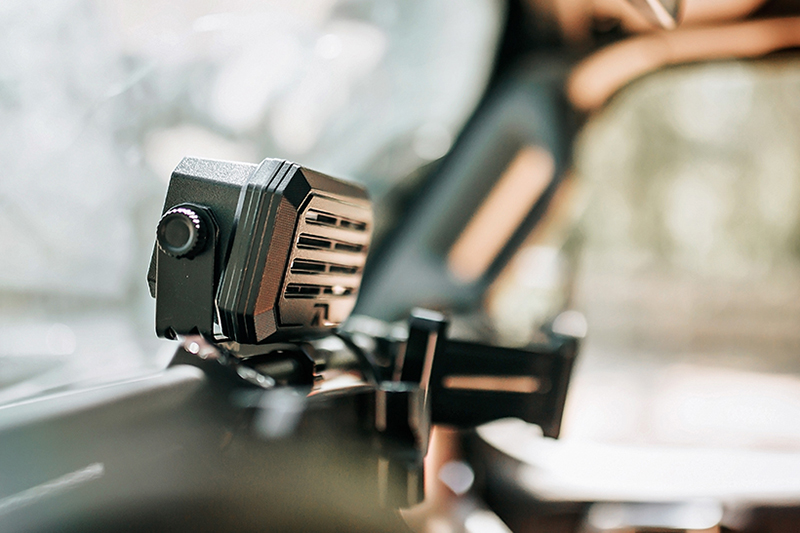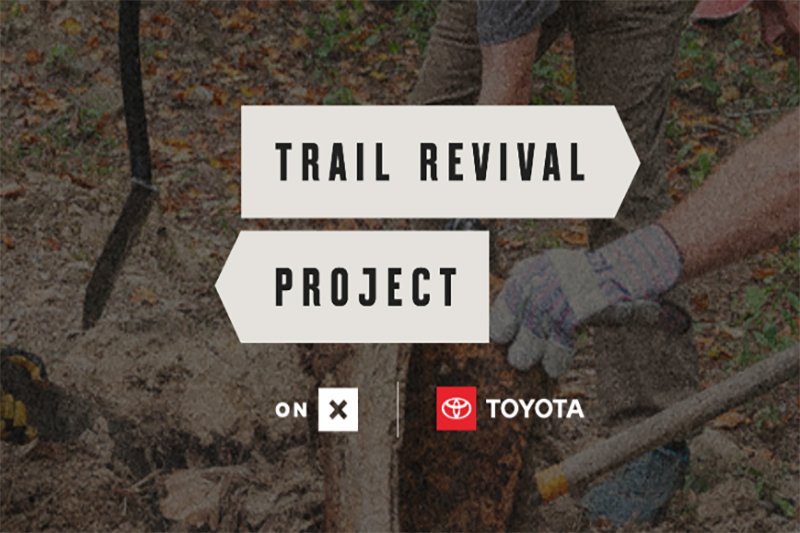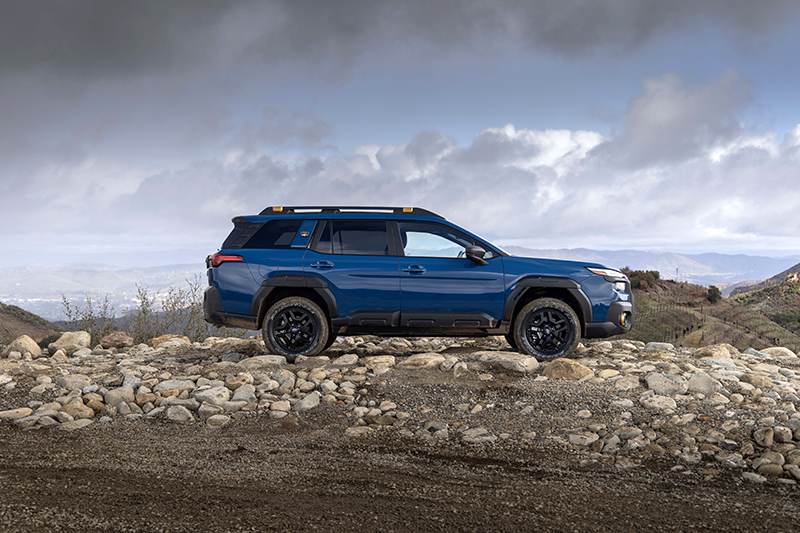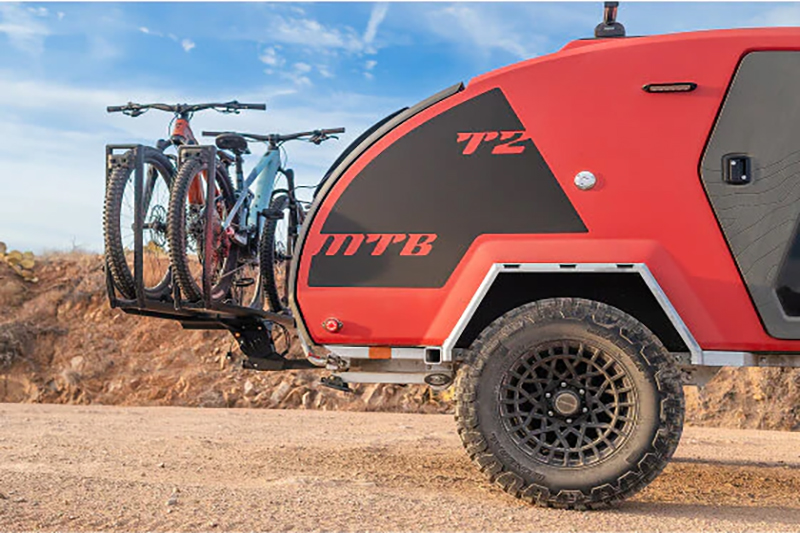Exploring overland with the SureCall Fusion2Go Max signal booster
When SureCall asked if I would like to try out their most powerful in-car signal booster I couldn’t have been more excited. Like most, I was already on the look-out for ways to stay better connected during adventures both on and off road. My main hopes were being able to send a quick text message to let the family know I was indeed still alive and well before bed, or God forbid, in need of some serious help. Aside from adventures, daily commuting takes me through a couple of spots that drop calls faster than a hot potato on game night, so I could put the booster to the test right away.
Initial Impressions
Initial impressions of the Fusion2 Go Max are great and the build quality and feel of the components are what you would expect for the price of the unit (currently $499). I found the cables and power wire length ample for a variety of mounting options on my small four-door truck. The design of the exterior magnetic antenna, very similar to many permanent antennas used by major car manufacturers, blends in well and won’t stick out like a sore thumb on vehicles with clean lines.
The Install
Installation was a snap and can be as easy as slapping the magnetic antenna on the roof, running the cables through the back hatch or trunk seals and plugging in the power supply. Of course, as with anything you add to your vehicle, it pays to put some thought into the process and the placement of components before you start. There are a few key aspects to keep in mind while laying out the booster.
The interior antenna should be within a couple of feet of your phone for the best results; the single booster itself should be hard mounted to something so it’s not sloshing around in the cabin; and the power supply cables need to be able to make it to a 12-volt socket. For most users, placing the booster under the driver or passenger seat is a great choice.
With the smaller size of my truck, I had a couple more options and decided to make my own mounting board for the booster behind my rear seats and run the antenna cable through a factory wiring plug on the back of the truck cab. Since I almost always have a camper shell and racks on the truck, I wanted to give the antenna the best chance of catching a signal and clearing any obstructions, so I made a simple resting spot for the antenna from steel and attached it to my camper shell rack. This is where the magnetic base pays off big time, since I sometimes carry large items on the truck and can easily flip the antenna to the bottom of the mount, allowing total use of the rack without endangering the antenna. If I remove the camper shell completely, again the magnetic base makes it easy to simply place it on the roof of the truck.
My Experience
I want to start by saying this is not a technical analysis of the percentage increase of the signal, and is solely based on my real-world experiences using the SureCall in my personal truck. I think this is important because, regardless of what the numbers show, the actual experience is what you are left with.
Once I had the booster installed it was time to start testing. I’m glad cell phone plans with limited talk minutes are a thing of the past since I quickly started burning up minutes. My daily drives take me right through a couple of notoriously weak signal areas that have claimed many important conversations in the past, and with a couple of off-road trips coming up I knew I could get some results right away. Here is what I found.
I cruised through my local weak-signal zones without dropping a word of my conversations, and dropping the call completely seemed to be a thing of the past. Win number #1 for the SureCall.
With the confidence of an unbreakable signal I headed to a strip of road that crushes all calls no matter the level of importance. This is one of those mile-and-a-half lengths of highway where you go from perfect signal to “no service” and then back to perfect signal for no apparent reason. As I approached the dead zone I placed a call to my brother and asked him to take note of his experience on the receiving end as well. With the booster on full blast my call quality was crisp at first and I thought we had won. I got a little farther then normal, but then I heard the dreaded, “Are you there?” Unfortunately the dead zone was not to be beaten, and the call was dropped. I also experienced the annoying “no service” text in the upper left of my phone screen. I tried this a couple more times, with the same result.
Finally came the camping and off-road trips. This trip had me heading to Utah to explore the backcountry. During the road trip portion I had great call quality and was even able to download a couple of shows for my son to watch in an area with weak signal. Once on the dirt and moving toward the great expanse, I watched as my signal went slowly down until there was no service available soon after we reached the trail. This has nothing to do with the SureCall booster not performing its job, and everything to do with the area I was in and how signal boosting tech works. The key is that the SureCall and units like it work by “boosting available signal.” This means if there is some signal available the booster is able to receive it better then your phone, amplify what it’s receiving and make it available to everyone riding in the car. That’s a big benefit for people living in and commuting through towns and cities where cell service is very poor no matter which direction you go. However, if you’re trying to have cell service just about anywhere, keep in mind that a booster can only help in areas that have at least some coverage.
In the end is the high price of a quality cell phone booster worth it?
This is a question I get asked often and for good reason. Units like the SureCall are not cheap and definitely warrant some thought before purchasing. I think the answer to that question depends 100% on what you are hoping to achieve by adding the booster. If you are likely to travel to areas that have no service available, but still want to be able to stay in touch in case of emergency, you are better served by spending the money for a satellite phone or a service like the Garmin InReach.
That’s not to say that cell phone boosters are not valuable because I think they can be a huge benefit for many people. If, like me, you drive your adventure mobile daily and live in an area known to drop calls often, or you often find yourself wishing your cell service was just a little better, you and your passengers will be really happy with the Surecall Fusion2Go Max.
Learn more at www.surecall.com.
OutdoorX4 Magazine – Promoting responsible vehicle-based adventure travel and outdoors adventure



